Fiber ticulitis. Diverticulosis and Diverticulitis: Understanding Causes, Symptoms, and Treatments
What are diverticula and how do they form in the colon. How does diverticulosis differ from diverticulitis. What are the main symptoms of diverticulitis. How is diverticular disease diagnosed and treated. Can lifestyle changes help prevent or manage diverticular disease.
The Basics of Diverticular Disease: From Pouches to Problems
Diverticular disease is a common condition affecting the colon, particularly in older adults. It encompasses two main stages: diverticulosis and diverticulitis. Understanding these conditions is crucial for proper management and prevention of complications.
What are Diverticula?
Diverticula are small, bulging pouches that form in the lining of the digestive system, most commonly in the colon (large intestine). These pouches develop when weak spots in the intestinal wall give way under pressure, creating small hernias.
Diverticulosis: The Presence of Pouches
When a person has diverticula in their colon, they are said to have diverticulosis. This condition becomes increasingly common with age, affecting approximately half of all people over 60 years old. Interestingly, most individuals with diverticulosis experience no symptoms, making it a silent condition in many cases.
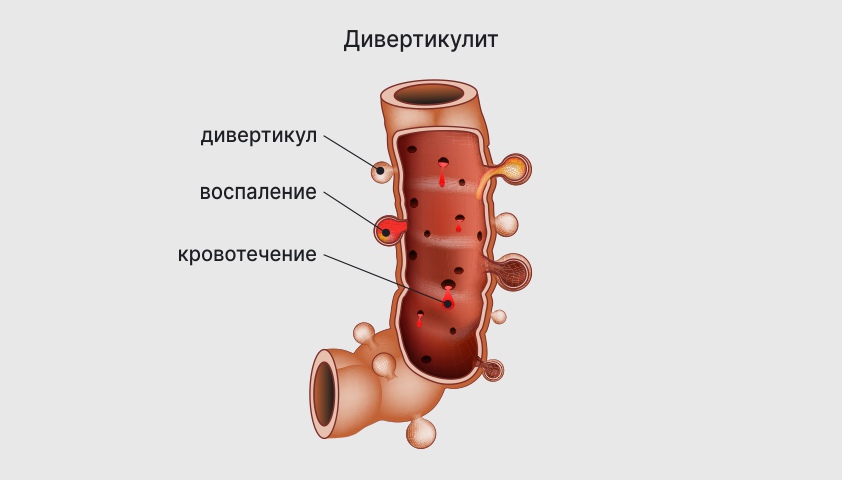
Causes and Risk Factors of Diverticular Disease
While the exact cause of diverticular disease is not fully understood, several factors contribute to its development:
- Low-fiber diet: Considered the primary culprit, a diet lacking in fiber can lead to harder stools and increased pressure on the colon wall.
- Age: The risk increases significantly after age 40.
- Obesity: Excess body weight may contribute to the formation of diverticula.
- Lack of exercise: A sedentary lifestyle is associated with a higher risk.
- Smoking: Tobacco use may increase the likelihood of developing diverticular disease.
- Certain medications: Regular use of nonsteroidal anti-inflammatory drugs (NSAIDs) may increase risk.
Is genetics a factor in diverticular disease?
Recent research suggests that genetic factors may play a role in the development of diverticular disease. While not the primary cause, family history could increase an individual’s susceptibility to developing diverticula.
Symptoms: From Mild Discomfort to Severe Pain
The symptoms of diverticular disease vary depending on whether a person has diverticulosis or diverticulitis:
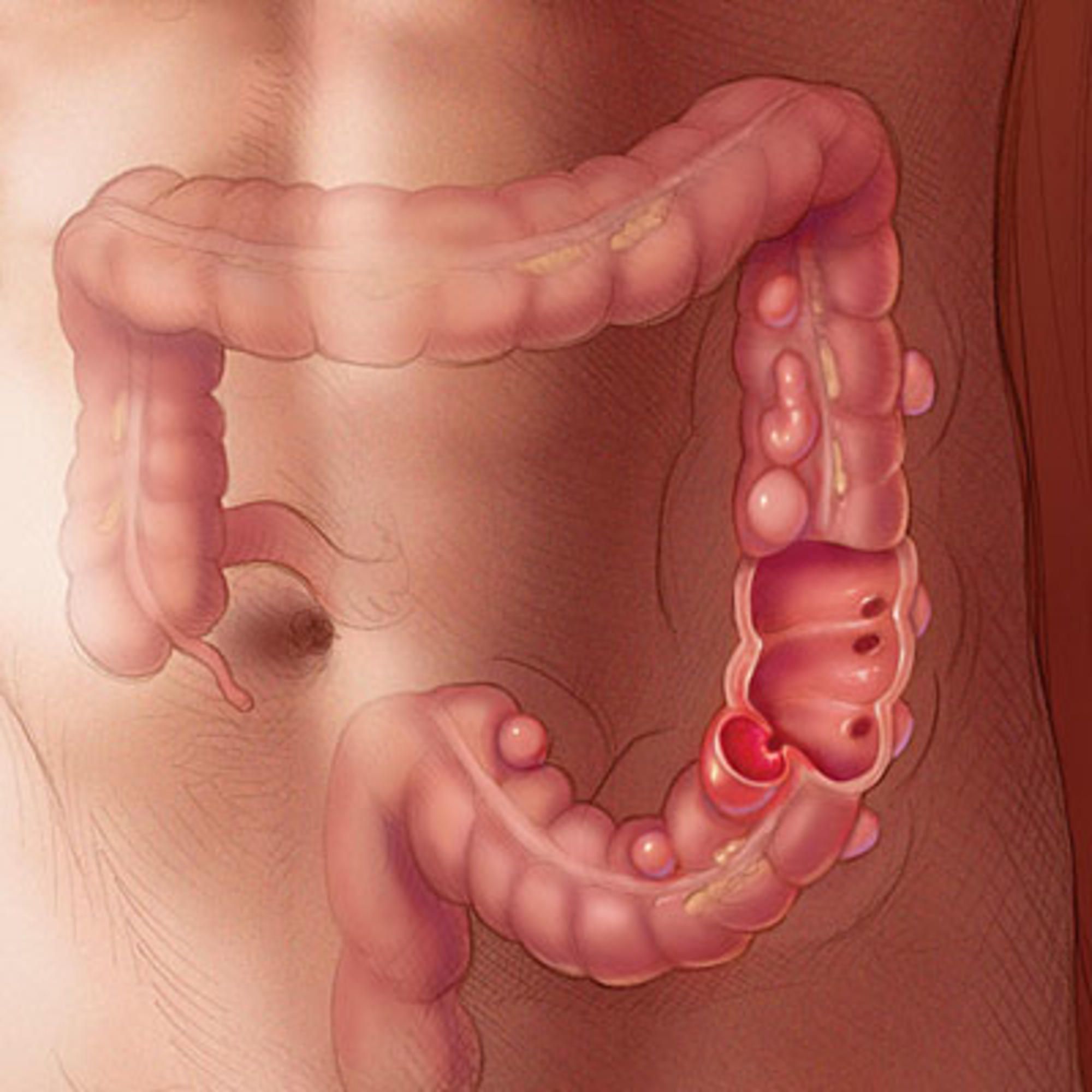
Diverticulosis Symptoms
Most people with diverticulosis experience no symptoms. However, some may encounter:
- Mild abdominal cramps
- Bloating
- Constipation
Diverticulitis Symptoms
When diverticula become inflamed or infected, leading to diverticulitis, symptoms can be more severe:
- Severe abdominal pain, typically on the lower left side
- Fever and chills
- Nausea and vomiting
- Changes in bowel habits (constipation or diarrhea)
- Rectal bleeding (in some cases)
Can diverticulitis symptoms mimic other conditions?
Yes, the symptoms of diverticulitis can sometimes be mistaken for other gastrointestinal conditions such as irritable bowel syndrome (IBS), appendicitis, or even certain gynecological problems in women. This similarity in symptoms underscores the importance of proper medical evaluation for accurate diagnosis.
Diagnosis: Identifying Diverticular Disease
Diagnosing diverticular disease often involves a combination of medical history review, physical examination, and diagnostic tests:

- Medical history and physical exam: Your doctor will ask about your symptoms and perform a physical examination, which may include checking your abdomen for tenderness.
- Blood tests: These can help detect signs of infection or inflammation.
- Imaging studies:
- CT scan: Often the preferred method for diagnosing diverticulitis
- Colonoscopy: Usually performed after inflammation has subsided to confirm the presence of diverticula and rule out other conditions
- Barium enema: An X-ray exam that can show the outline of the colon and any diverticula
How accurate are CT scans in diagnosing diverticulitis?
CT scans are highly accurate in diagnosing diverticulitis, with a sensitivity of about 94% and specificity of 99%. This makes them the gold standard for confirming the condition and assessing its severity.
Treatment Approaches: Managing Diverticular Disease
The treatment for diverticular disease depends on whether a person has diverticulosis or diverticulitis, as well as the severity of symptoms:
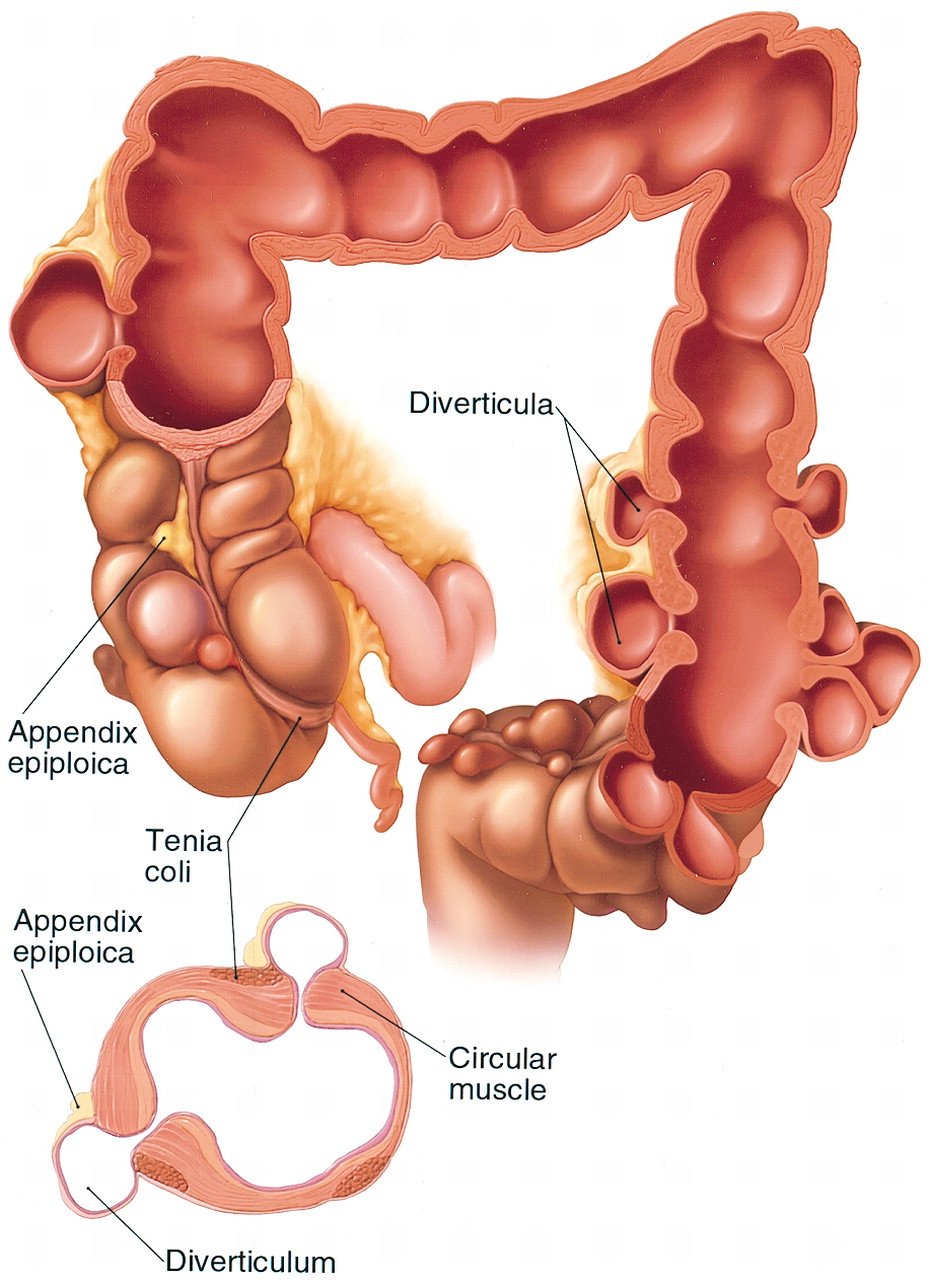
Treatment for Diverticulosis
For most people with diverticulosis, lifestyle changes are the primary treatment approach:
- High-fiber diet: Increasing fiber intake can help soften stools and reduce pressure in the colon.
- Adequate hydration: Drinking plenty of water helps prevent constipation.
- Regular exercise: Physical activity can promote healthy bowel function.
- Fiber supplements: These may be recommended if dietary changes alone are insufficient.
Treatment for Diverticulitis
Diverticulitis treatment varies based on the severity of the condition:
Mild cases:
- Oral antibiotics to treat infection
- Temporary liquid or low-fiber diet to allow the bowel to heal
- Pain relievers as needed
Severe cases:
- Hospitalization for intravenous antibiotics and fluids
- Bowel rest (no food by mouth)
- Pain management
- Possible surgical intervention for complications such as perforation, abscess, or fistula
What role do probiotics play in managing diverticular disease?
While research is ongoing, some studies suggest that probiotics may help manage symptoms and prevent recurrence of diverticulitis. Probiotics can promote a healthy gut microbiome, potentially reducing inflammation and supporting overall colon health. However, more research is needed to establish definitive guidelines for probiotic use in diverticular disease.
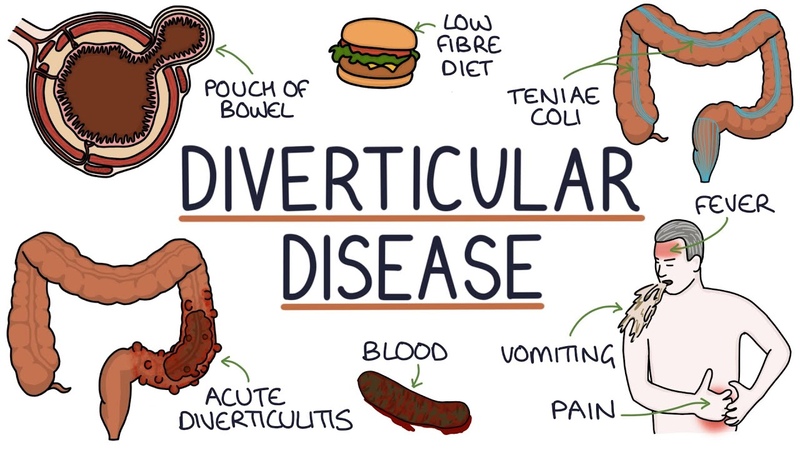
Complications: When Diverticular Disease Takes a Serious Turn
While many cases of diverticular disease are manageable, complications can occur, especially with diverticulitis. These may include:
- Abscess: A pocket of infected fluid that forms near the inflamed diverticula
- Perforation: A small tear in the intestinal wall that can lead to peritonitis, a serious infection
- Fistula: An abnormal connection between the colon and another organ, such as the bladder or vagina
- Intestinal obstruction: Scarring from diverticulitis can cause a blockage in the colon
- Bleeding: Diverticula can sometimes bleed, leading to rectal bleeding
How common are complications in diverticular disease?
Serious complications occur in about 5% of people with diverticulosis. However, for those who develop diverticulitis, the risk of complications is higher, with about 25% of patients experiencing some form of complication. Early diagnosis and proper treatment significantly reduce the risk of these complications.
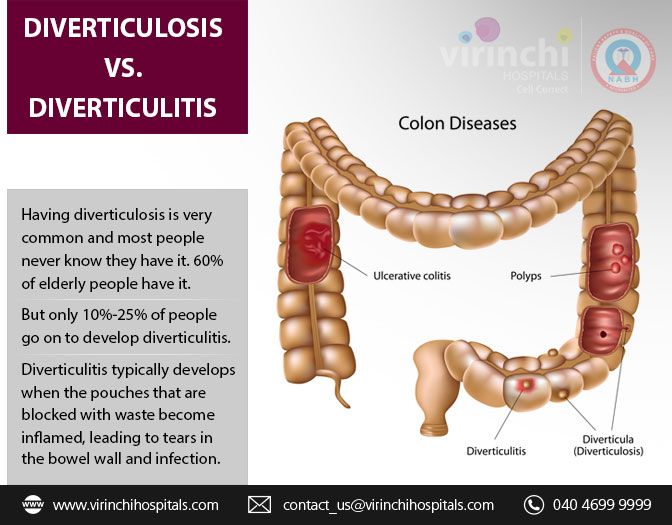
Prevention Strategies: Reducing Your Risk of Diverticular Disease
While not all cases of diverticular disease can be prevented, several lifestyle modifications can help reduce the risk:
- Eat a high-fiber diet: Aim for 25-30 grams of fiber daily from sources like fruits, vegetables, whole grains, and legumes.
- Stay hydrated: Drink plenty of water to help fiber do its job and prevent constipation.
- Exercise regularly: Engage in physical activity for at least 30 minutes most days of the week.
- Maintain a healthy weight: Obesity is a risk factor for diverticular disease.
- Quit smoking: Tobacco use has been linked to an increased risk of diverticulitis.
- Limit red meat consumption: Some studies suggest that high intake of red meat may increase risk.
- Manage stress: Chronic stress may contribute to gut health issues, including diverticular disease.
Can certain foods trigger diverticulitis flare-ups?
While the old belief that seeds and nuts should be avoided has been largely debunked, some individuals may find that certain foods trigger symptoms. It’s important to pay attention to your body’s reactions and discuss any concerns with your healthcare provider. In general, a balanced, high-fiber diet is recommended for most people with diverticular disease.
:max_bytes(150000):strip_icc()/VWHealth-DiverticulitisSelfCareTips-AmeliaManley-Standard-a007bb5e15744d4e86b5e96014cb0def.jpg)
Living with Diverticular Disease: Long-term Management and Quality of Life
For many people, living with diverticular disease involves ongoing management and lifestyle adjustments:
- Regular medical check-ups: Monitoring the condition and addressing any changes promptly
- Dietary vigilance: Maintaining a high-fiber diet and staying aware of personal trigger foods
- Stress management: Employing techniques like meditation, yoga, or counseling to reduce stress
- Medication management: Taking prescribed medications as directed and discussing any side effects with your doctor
- Emergency preparedness: Knowing the signs of severe diverticulitis and when to seek immediate medical attention
- Support groups: Connecting with others who have diverticular disease can provide emotional support and practical tips
How does diverticular disease affect long-term health outcomes?
Most people with diverticulosis never develop complications or require extensive treatment. However, those who experience recurrent episodes of diverticulitis may face an increased risk of complications and may require more aggressive management. With proper care and lifestyle modifications, many individuals with diverticular disease can maintain a good quality of life and minimize the impact of the condition on their daily activities.

Understanding diverticular disease, from its causes to its complications, empowers individuals to take proactive steps in managing their health. By adopting a healthy lifestyle, staying informed about the condition, and working closely with healthcare providers, those affected by diverticular disease can effectively navigate its challenges and maintain optimal digestive health.
Diverticulosis | Diverticulitis | MedlinePlus
Also called: Diverticular disease
On this page
Basics
- Summary
- Start Here
- Diagnosis and Tests
- Treatments and Therapies
Learn More
- Living With
- Specifics
See, Play and Learn
- No links available
Research
- Clinical Trials
- Journal Articles
Resources
- Find an Expert
For You
- Patient Handouts
Diverticula are small pouches that bulge outward through the colon, or large intestine. If you have these pouches, you have a condition called diverticulosis. It becomes more common as people age. About half of all people over age 60 have it. Doctors believe the main cause is a low-fiber diet.
If you have these pouches, you have a condition called diverticulosis. It becomes more common as people age. About half of all people over age 60 have it. Doctors believe the main cause is a low-fiber diet.
Most people with diverticulosis don’t have symptoms. Sometimes it causes mild cramps, bloating or constipation. Diverticulosis is often found through tests ordered for something else. For example, it is often found during a colonoscopy to screen for cancer. A high-fiber diet and mild pain reliever will often relieve symptoms.
If the pouches become inflamed or infected, you have a condition called diverticulitis. The most common symptom is abdominal pain, usually on the left side. You may also have fever, nausea, vomiting, chills, cramping, and constipation. In serious cases, diverticulitis can lead to bleeding, tears, or blockages. Your doctor will do a physical exam and imaging tests to diagnose it. Treatment may include antibiotics, pain relievers, and a liquid diet. A serious case may require a hospital stay or surgery.
NIH: National Institute of Diabetes and Digestive and Kidney Diseases
Diverticular Disease
(American Academy of Family Physicians)
Also in Spanish
Diverticular Disease
(National Institute of Diabetes and Digestive and Kidney Diseases)
Also in Spanish
Diverticulitis
(Mayo Foundation for Medical Education and Research)
Diverticulosis and Diverticulitis
(American College of Gastroenterology)
Dietary Fiber: Essential for a Healthy Diet
(Mayo Foundation for Medical Education and Research)
Also in Spanish
Diverticulitis Diet
(Mayo Foundation for Medical Education and Research)
Also in Spanish
Diverticulitis: Can Certain Foods Trigger an Attack?
(Mayo Foundation for Medical Education and Research)
Also in Spanish
Fiber: How to Increase the Amount in Your Diet
(American Academy of Family Physicians)
Also in Spanish
Diverticula, Diverticulosis, Diverticulitis: What’s the Difference?
(International Foundation for Gastrointestinal Disorders)
ClinicalTrials.
 gov: Diverticular Diseases
gov: Diverticular Diseases(National Institutes of Health)
ClinicalTrials.gov: Diverticulitis
(National Institutes of Health)
Article: Effects of sarcopenia and myosteatosis are alleviated in reduced port surgery.
 ..
..Article: Incidence and risk factors of blowout within 90 days after a primary…
Article: Novel method combining endoscopic band ligation and clipping for hemostasis of.
 ..
..Diverticulosis and Diverticulitis — see more articles
American Society of Colon and Rectal Surgeons
Find a Gastroenterologist
(American College of Gastroenterology)
National Institute of Diabetes and Digestive and Kidney Diseases
Symptoms, Causes, Diagnosis, Treatment, Surgery
Written by WebMD Editorial Contributors
Medically Reviewed by Neha Pathak, MD on September 16, 2021
- What Is Diverticulitis?
- What Are the Symptoms of Diverticulitis?
- What Causes Diverticulitis?
- What Are the Complications of Diverticulitis?
- How Is Diverticulitis Diagnosed?
- How Is Diverticulitis Treated?
- More
Diverticulitis is the infection or inflammation of pouches that can form in your intestines.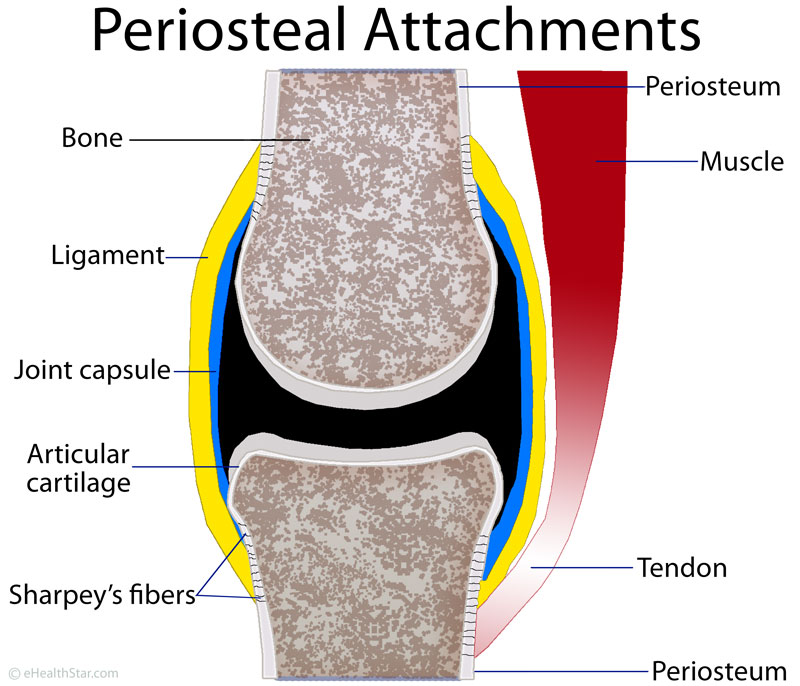 These pouches are called diverticula.
These pouches are called diverticula.
The pouches generally aren’t harmful. They can show up anywhere in your intestines. If you have them, it’s called diverticulosis. If they become infected or inflamed, you have diverticulitis.
Sometimes, diverticulitis is minor. But it can also be severe, with a massive infection or perforation (your doctor will call it a rupture) of the bowel.
You can have the pouches and not know it. The diverticula are usually painless and cause few symptoms, if any. But you might notice:
- Cramping on the left side of your abdomen that goes away after you pass gas or have a bowel movement
- Bright red blood in your poop
Diverticulitis symptoms are more noticeable and include severe abdominal pain and fever.
Diverticulitis can be acute or chronic. With the acute form, you may have one or more severe attacks of infection and inflammation. In chronic diverticulitis, inflammation and infection may go down but never clear up completely.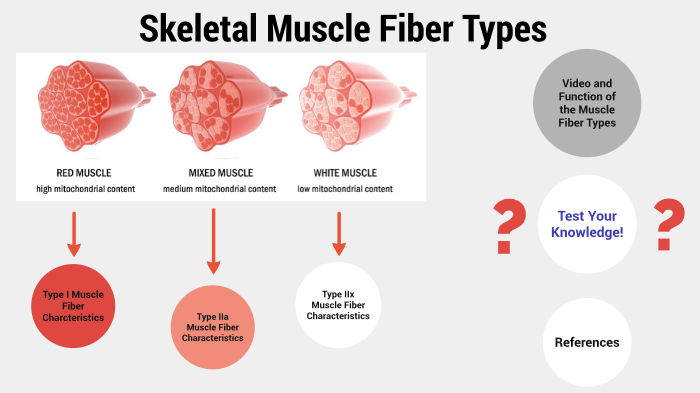 Over time, the inflammation can lead to a bowel obstruction, which may cause constipation, thin stools, diarrhea, bloating, and belly pain. If the obstruction continues, abdominal pain and tenderness will increase, and you may feel sick to your stomach or throw up.
Over time, the inflammation can lead to a bowel obstruction, which may cause constipation, thin stools, diarrhea, bloating, and belly pain. If the obstruction continues, abdominal pain and tenderness will increase, and you may feel sick to your stomach or throw up.
Doctors aren’t sure. Some studies suggest that your genes might play a role.
The pouches on your intestines get inflamed or infected when they tear or become blocked by feces.
If you have more bad germs than good ones in your gut, that might cause it, too.
Your chances of getting diverticulitis rise with age. It’s more common in people over 40. Other risk factors include:
- Being overweight
- Smoking cigarettes
- Not getting enough exercise
- Eating lots of fat and red meat but not much fiber
- Taking certain kinds of drugs, including steroids, opioids, and nonsteroidal anti-inflammatories like ibuprofen or naproxen
If you don’t treat it, diverticulitis can lead to serious complications that require surgery:
- Abscesses, collections of pus from the infection, may form around the infected diverticula.
 If these go through the intestinal wall, you could get peritonitis. This infection can be fatal. You’ll need treatment right away.
If these go through the intestinal wall, you could get peritonitis. This infection can be fatal. You’ll need treatment right away. - Perforation or tearing in the intestinal wall can lead to abscesses and infection because of waste leaking into the abdominal cavity.
- Scarring can lead to a stricture or blockage of the intestine.
- Fistulas can develop if an infected diverticulum reaches a nearby organ and forms a connection. This most often happens between the large intestine and the bladder. It can lead to a kidney infection. Fistulas can also form between the large intestine and either the skin or the vagina.
- Stricture, which happens when the colon narrows in the affected area.
If you have severe bleeding, you may need a blood transfusion.
The symptoms of diverticulitis can also look like other problems. Your doctor will narrow things down by ruling out other issues. They’ll start with a physical exam. Women may get a pelvic exam, too. Your doctor may then order one or more tests, including:
Women may get a pelvic exam, too. Your doctor may then order one or more tests, including:
- Blood, urine, and stool tests to look for infection
- CT scans to look for inflamed or infected diverticula
- A liver enzyme test to rule out liver problems
If your diverticulitis is mild, your doctor will suggest rest and a liquid diet while your intestines heal. They might also give you antibiotics to treat the infection.
Your doctor may also suggest that you take a mild pain reliever like acetaminophen.
You may go on a liquid or “diverticulitis diet.” You’ll start by drinking only clear liquids, such as water, broth, non-pulpy juices, ice pops, and plain tea or coffee. As you start to feel better, you can add low-fiber foods such as eggs, yogurt, and cheese, and white rice and pasta. These foods are gentle on your digestive system.
This treatment works well for most people who have clear-cut cases of diverticulitis.
In more severe cases, you might need to stay in the hospital and take antibiotics that are intravenous (injected into your veins). If you have an abdominal abscess, your doctor will drain it. If your intestine is ruptured or you have peritonitis, you’ll need surgery.
If you have an abdominal abscess, your doctor will drain it. If your intestine is ruptured or you have peritonitis, you’ll need surgery.
There are two main types:
- Primary bowel resection. In this procedure, your surgeon will remove diseased parts of the intestine and reconnect the healthy sections. You can have normal bowel movements afterward.
- Bowel resection with colostomy. This needs to be done if there’s so much swelling that the surgeon can’t reconnect your colon to your rectum right away. Your doctor will create an opening in your abdominal wall so waste can flow into a bag. Surgeons can often reconnect the bowel after the inflammation has passed.
The kind of operation you need depends on the type of complication you have and how serious it is.
When you’re healed, your doctor might give you a colonoscopy to rule out colon cancer.
You can prevent diverticulosis and diverticulitis and their complications by eating plenty of fiber, drinking lots of water, and exercising regularly.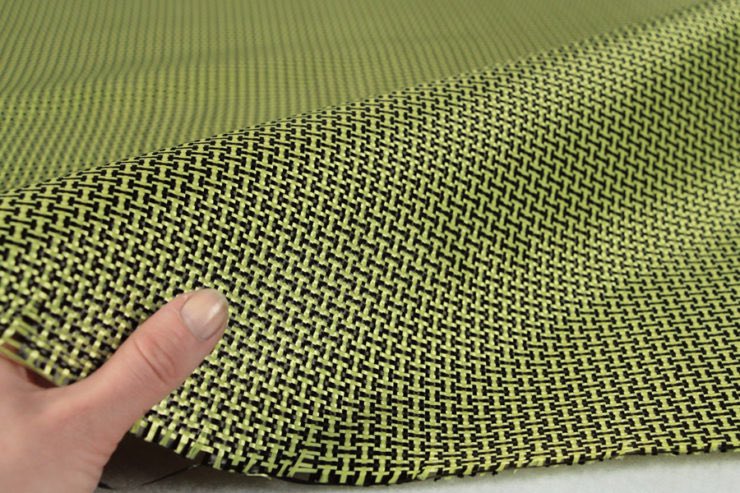
Top Picks
Diverticular disease (diverticulosis) of the colon
What is diverticular disease (diverticulosis) of the colon?
Diverticula (lat. diverticulum – literally “branch”, “road to the side”) are sac-like protrusions of all layers of the colon wall or only the mucous membrane and submucosal layer through a defect in the muscular layer.
Figure 1. Cross section of the colon. Diverticulum
Colon diverticulosis is a condition in which there is at least one diverticulum in the colon.
Figure 2. Diverticulosis of the left departments of the colon of
Diverticular disease – a disease characterized by clinical manifestations of the inflammatory process and its possible complications – abscesses, perforation of diverticulums, the formation of fistulas, peritonitis, as well as bleeding.
What is the anatomy of the large intestine?
To better understand the pathogenesis of diverticular disease, consider the anatomy of the colon. The large intestine is a hollow muscular organ – a “tube” located in the abdominal cavity in the shape of a “horseshoe”, and is the final section of the gastrointestinal tract, where the formation and evacuation of feces occurs. It consists of the following sections: appendix, cecum, ascending colon, transverse colon, descending colon, sigmoid colon, and rectum.
The wall of the large intestine consists of four layers: mucous, submucosal, muscular and serous.
Colon mucosa is its inner membrane facing the lumen. It is a thin layer of cells – a cylindrical epithelium. The mucous membrane lies on its own plate, consisting of loose fibrous connective tissue, in which the glands, blood and lymphatic vessels are located. In the deepest layer of the mucous membrane, on the border with the submucosa, there is a muscular plate of the mucous membrane. The epithelium of the mucous membrane performs an integumentary function, is a link between the wall of the large intestine and its lumen – it ensures the absorption of water, the synthesis of B and K vitamins by intestinal bacteria, the formation of fecal masses and their preparation for evacuation, releasing the required amount of mucus.
It is a thin layer of cells – a cylindrical epithelium. The mucous membrane lies on its own plate, consisting of loose fibrous connective tissue, in which the glands, blood and lymphatic vessels are located. In the deepest layer of the mucous membrane, on the border with the submucosa, there is a muscular plate of the mucous membrane. The epithelium of the mucous membrane performs an integumentary function, is a link between the wall of the large intestine and its lumen – it ensures the absorption of water, the synthesis of B and K vitamins by intestinal bacteria, the formation of fecal masses and their preparation for evacuation, releasing the required amount of mucus.
The submucosa is the layer of the colon wall following the muscularis mucosa. The submucosa contains blood vessels that feed the intestinal wall and nerve plexuses that coordinate its contractions. Due to the submucosa, the mucosa can shift in relation to the next layers of the colon wall and form folds.
Muscle fibers of the intestinal wall are arranged both circularly and longitudinally. This layer acts as a framework, and also ensures the promotion of fecal masses due to contractions.
This layer acts as a framework, and also ensures the promotion of fecal masses due to contractions.
Outside, the large intestine is covered with a thin “film” – a serous membrane.
For a better understanding of the mechanism of diverticulum formation, one should also pay attention to the peculiarities of the blood supply to the colon wall.
The colon is nourished from the system of superior and inferior mesenteric arteries, originating from the aorta, the main vessel of our body. Their branches form a single marginal vessel that accompanies the large intestine throughout its entire length. Feeding branches depart from the marginal vessel, passing through the muscle layer and branching in the submucosa. With an increase in pressure inside the intestine, sections of the muscular layer through which the feeding vessels pass can serve as a “gateway” for the formation of diverticula.
How does diverticular disease manifest itself?
Uncomplicated diverticulosis is usually asymptomatic – you may not even notice the disease. Diverticula may be an incidental finding during a routine examination. In this situation, no special treatment is required. Recommendations include regular medical supervision, a diet high in fiber and low in refined carbohydrates, and regular physical activity and weight control.
Diverticula may be an incidental finding during a routine examination. In this situation, no special treatment is required. Recommendations include regular medical supervision, a diet high in fiber and low in refined carbohydrates, and regular physical activity and weight control.
The difficulty of timely detection of diverticular disease lies in the absence of specific symptoms. The clinical picture is presented mainly by cramping pains mainly on the left lower abdomen, increased gas formation, unstable stools with a tendency to constipation or with alternating constipation and diarrhea. Such complaints are mainly associated with dysmotility of the colon.
When they see a doctor, such patients are usually diagnosed with irritable bowel syndrome or dolichosigma, the patient is reassured, an abdominal ultrasound is recommended, and after light therapy, they are sent “home”.
However, in the event of such complaints, a colonoscopy is mandatory! The above symptoms can be manifestations not only of diverticular disease, but also of many other diseases of the colon, the timely detection of which can significantly improve the results of treatment.
Figure 3. Colonoscopy. Orifices of diverticula are visible
The clinical picture of diverticulitis is significantly different. Severe abdominal pain, bloating, lack of stool, may be accompanied by fever, nausea, and vomiting. Such complaints require urgent hospitalization in the coloproctology department, where patients receive antibacterial, anti-inflammatory therapy, and if this treatment is not effective enough, surgical intervention may be necessary.
The main cause of inflammation of a diverticulum – diverticulitis – is the ingestion of dense fecal masses that are unable to come out. At this stage, inflammatory changes and the formation of an infiltrate (seal) of the surrounding tissues occur.
What causes diverticula?
Often at the doctor’s office, patients diagnosed with diverticular disease ask the question: “Why did this disease develop?” What are the causes of this disease? A large amount of information on the Internet does not always give a clear explanation.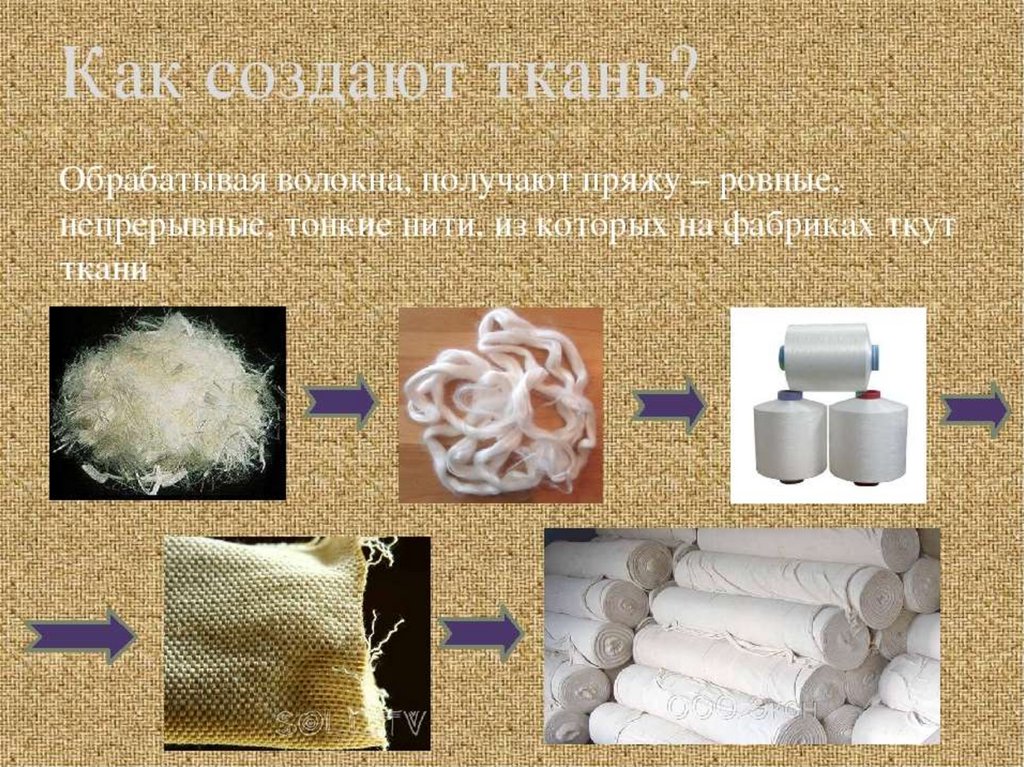 Let’s try to tell in more detail.
Let’s try to tell in more detail.
We believe that all the main causes of diverticular disease can be divided into two interrelated groups:
- Increased pressure in the intestinal lumen;
- Weakness of the intestinal wall.
Deficiency of vegetable fiber in the diet leads to a decrease in the volume and increase in the density of feces, which causes disturbances in the motor activity of the large intestine: even to a slight irritation, it reacts with chaotic contractions. Thus, short closed segments of the intestine appear with increased intraluminal pressure, which leads to bulging of the mucosa through the “weak” sections of the intestinal wall – the places where the blood vessels pass.
For a clear understanding of the formation of a diverticulum, we offer you an interesting comparison:
“The wall of the intestine is similar to the layered structure of a soccer ball – strong and hard skin on the outside, and a soft but elastic rubber chamber inside.
Now imagine that a hole, a hole, is formed in the outer hard shell of this ball. What will happen then? The high pressure inside the ball will push part of the soft and elastic inner rubber chamber outward: a pocket protruding outward is formed. This can be compared with a hernia on the abdomen – through a defect in the muscles, the contents “bulge out” outward.
Approximately the same thing happens with the large intestine in diverticulosis. If the pressure inside the intestinal lumen is large, and there are weak spots in the muscular layer, then the inner lining of the intestine tends outward through these holes, forming protrusions in the form of sacs. They are called diverticula.”
What tests should be performed if diverticular disease is suspected?
The first step in the diagnosis of diverticular disease without exacerbation is colonoscopy. With the help of a video camera inserted through the anus, more than a meter of the intestine is examined – the entire large intestine and the final section of the small intestine.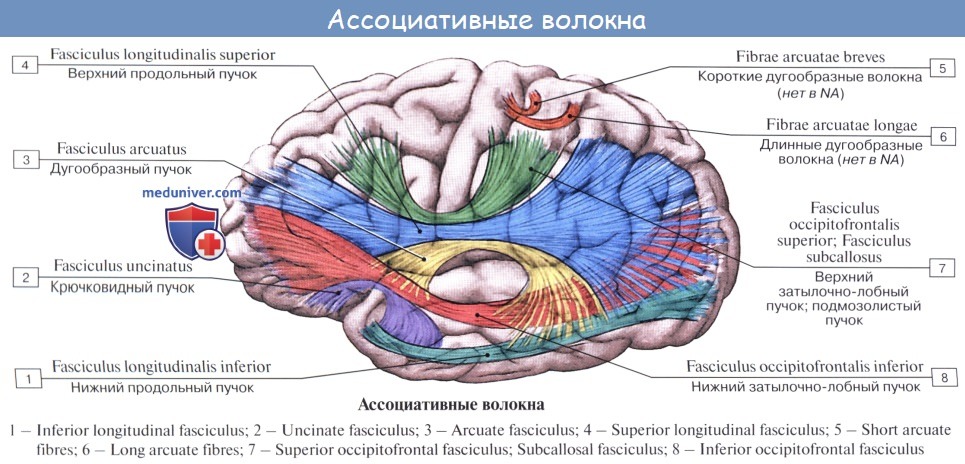 Colonoscopy allows not only to see the presence of a diverticulum, but also to determine the size of its gate, the condition of the wall, and the exact localization. If other changes are found in the intestine, colonoscopy allows you to take a piece of tissue for examination – perform a biopsy with further histological examination in order to understand the microscopic structure of the changes. This study can be performed under light anesthesia, which allows you to completely save the patient from the discomfort associated with the procedure.
Colonoscopy allows not only to see the presence of a diverticulum, but also to determine the size of its gate, the condition of the wall, and the exact localization. If other changes are found in the intestine, colonoscopy allows you to take a piece of tissue for examination – perform a biopsy with further histological examination in order to understand the microscopic structure of the changes. This study can be performed under light anesthesia, which allows you to completely save the patient from the discomfort associated with the procedure.
The “gold standard” for diagnosing diverticular disease is barium enema. This method allows you to determine the number of diverticula, their exact location, size and shape. The essence of the procedure is the introduction of a radiopaque preparation into the colon, after which a series of x-ray images are taken to assess the condition of the colon. In the presented photographs, the arrows indicate the orifices of the colonic diverticula.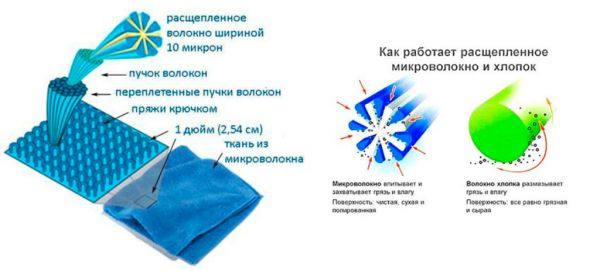 We marked with blue arrows multiple diverticula of the colon. This is what they look like on a CT scan.
We marked with blue arrows multiple diverticula of the colon. This is what they look like on a CT scan.
Figure 4. Irrigoscopy. Diverticulosis of the colon
On x-ray images performed during irrigoscopy, multiple diverticula of the colon are clearly visible. They look like sacs filled with radiopaque.
Equally important methods are ultrasound diagnostics and computed tomography. Due to its minimally invasiveness, ease of implementation, ultrasound diagnostics is very relevant at the stage of the initial examination. It allows you to see the presence of diverticula, identify indirect signs of their inflammation, such as infiltration, abscess, or suggest a generalized form – peritonitis.
In order to clarify the data obtained during the ultrasound examination, in case of doubt and to clarify the diagnosis, a spiral computed tomography is performed. Virtual computed tomography allows you to recreate a three-dimensional image of the colon, including the affected areas. Using this technique, you can accurately determine the boundaries of the infiltrate or abscess, other organs involved in the inflammatory process.
Using this technique, you can accurately determine the boundaries of the infiltrate or abscess, other organs involved in the inflammatory process.
Figure 5. Virtual colonoscopy. Orifice of diverticulum
How to treat diverticular disease, diverticulosis and diverticulitis?
Medical treatment
When treated promptly, diverticulitis responds very well to medical treatment. Inflammatory changes are completely cured with the help of antibacterial and anti-inflammatory therapy.
In case of complications of patients, the method of treatment should be selected the most minimally traumatic and minimally invasive. The infiltrate can be completely cured with medication. The abscess can be punctured under ultrasound or CT guidance.
Surgical treatment
In case of peritonitis and the need for surgery in the early stages of the disease, intervention can be performed laparoscopically – through small punctures. Unfortunately, the development of fecal peritonitis usually requires a laparotomy – a “large incision” for thorough washing and examination of the abdominal cavity.
Surgical treatment of diverticular disease outside periods of exacerbation is especially important for active travelers, as well as patients living far from district centers. If an exacerbation of the disease occurs away from centers where you can get quality medical care, the consequences can be the most unpleasant. If there are three or more attacks of diverticulitis per year, the patient should contact the coloproctology department to determine the optimal treatment tactics outside the exacerbation period. If surgical treatment is necessary, the operation of choice in this case is the laparoscopic removal of the affected area of the colon and the rectosigmoid junction as one of the causes of increased pressure in the intestinal lumen. Removal of the stoma (even temporarily) in this case is not required.
When is emergency surgery necessary?
An urgent operation is necessary if purulent inflammation spreads to the peritoneum, i.e. peritonitis, which is a life-threatening complication.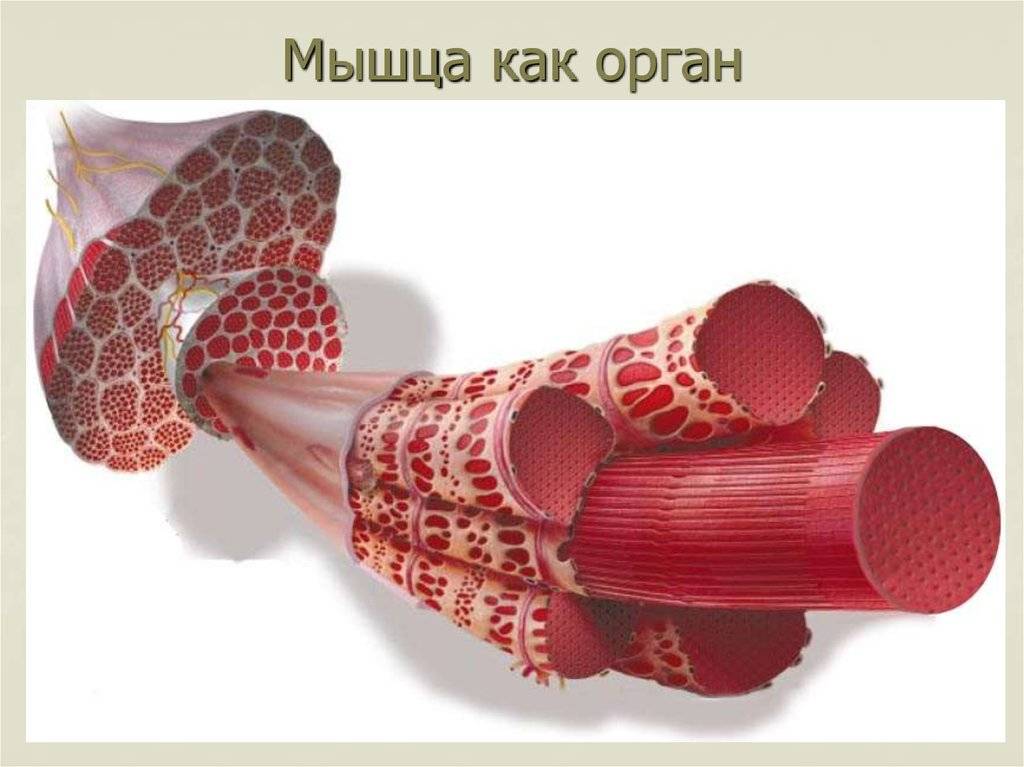
Is the bowel always exposed to the anterior abdominal wall during an emergency operation?
This issue is decided individually for each patient. Of course, the formation of a stoma is not shown in 100% of cases.
Benefits of minimally invasive surgery for diverticulosis and diverticulitis
The main advantages of minimally invasive operations are a satisfactory cosmetic effect (no large scars remain on the anterior abdominal wall) and a faster patient recovery after surgery.
Will the intestine be exposed to the anterior abdominal wall (stoma formation) during a planned operation?
During planned surgical interventions for diverticulosis, the formation of an intestinal stoma is almost never required.
What happens after the operation?
You will be able to celebrate your recovery with your friends by strictly following your diet and doctor’s instructions.
Are there ways to prevent recurrence/recurrence of the disease?
First of all, avoid constipation and eating foods with small particles – nuts, seeds, fruits and vegetables with small stones.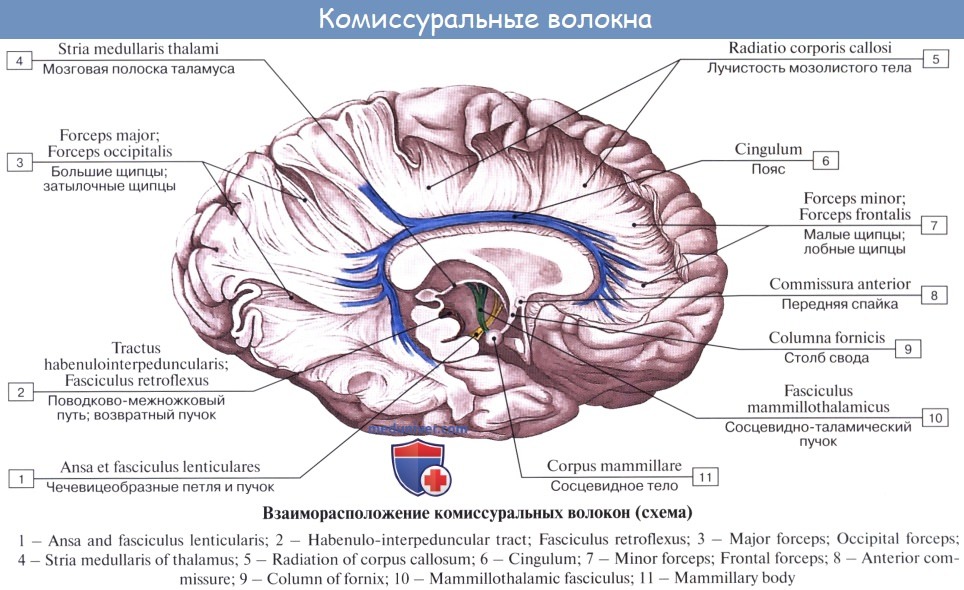
How to choose a doctor and medical institution?
Choosing a clinic is a very important issue. Institutions with significant experience in the management of patients with diverticular disease should be selected. Our clinic employs specialists with extensive experience in performing minimally invasive operations.
Dear friends, if you or your loved ones have similar complaints or have already been diagnosed with diverticulosis, do not expect complications, you can always contact our clinic for advice, as well as modern treatment.
Diverticulitis
Diverticulitis
DIVERTICULOSIS, DIVERTICULAR DISEASE, DIVERTICULITIS
What is Diverticulitis?
Diverticulitis is an infection or inflammation of the saclike protrusions that can form in your intestines. These sacs are called diverticula.
Diverticula can appear anywhere in your intestines. If you have them, it’s called diverticulosis. If they become infected or inflamed, you have diverticulitis.
If you have them, it’s called diverticulosis. If they become infected or inflamed, you have diverticulitis.
Sometimes diverticulitis is minor. But it can also be severe, with a massive infection or perforation (your doctor will call it a rupture) of the bowel.
Treatment of Diverticulitis
If your diverticulitis is mild, your doctor will suggest rest and a liquid diet until the inflammation in your gut subsides. They may also give you antibiotics to treat the infection.
In more severe cases, you may need to stay in the hospital and take intravenous antibiotics.
If an abscess develops, the surgeon will drain it.
The most common type of surgical intervention for all forms of diverticular disease is resection of the sigmoid colon (sigmoidectomy). The sigmoid colon is the section of the large intestine that runs just in front of the rectum, at the end of the intestine. This is the area where the strain of bowel movement exerts the greatest pressure on the intestinal wall, and therefore the greatest number of diverticula occur here.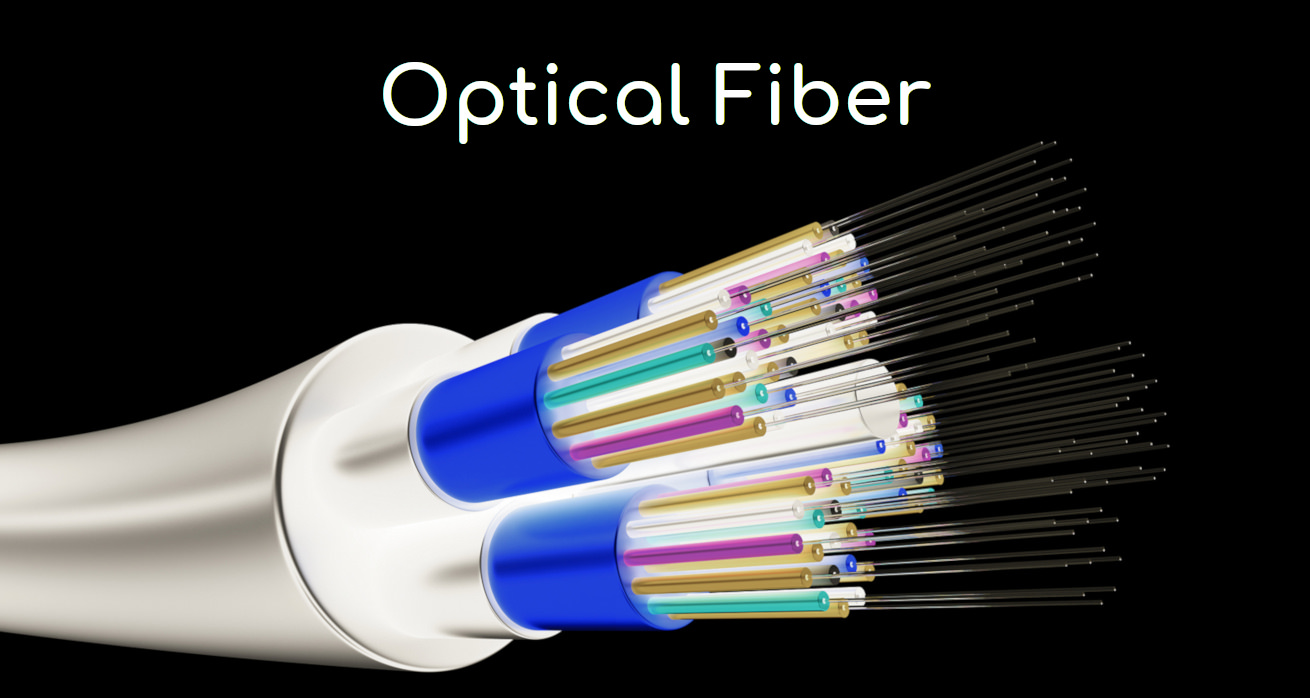 The operation involves removing the sigmoid colon as well as a small section of the rectum. Since diverticula can also occur in other parts of the intestine, it is usually not possible to remove them all. After the affected area of the intestine is removed, the ends are sewn together again.
The operation involves removing the sigmoid colon as well as a small section of the rectum. Since diverticula can also occur in other parts of the intestine, it is usually not possible to remove them all. After the affected area of the intestine is removed, the ends are sewn together again.
In most cases, this is a minimally invasive procedure that is performed by inserting instruments through small incisions in the abdominal wall (laparoscopy). But it can also be done by making a larger incision (open surgery). Our clinic has extensive experience in both open and laparoscopic interventions on the colon, but it should be noted that preference is given to minimally invasive technologies.
Complicated diverticulitis can lead to peritonitis (inflammation of the inner lining of the abdomen).
The pus can then spread into the abdomen and even cause blood poisoning. This is a medical emergency requiring urgent surgery. But this surgery usually doesn’t involve removing any sections of the bowel first.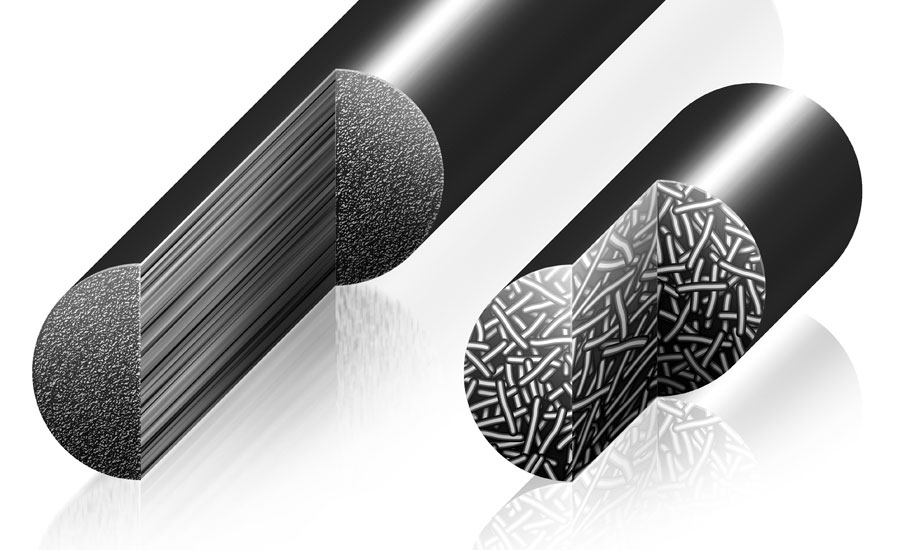 Instead, the abdomen is washed out and an artificial opening or an unnatural anus (colostomy) is formed. This is because the inflammation must completely disappear before the sigmoid colon is resected. A few months later, a resection of the sigmoid colon with closure of the colostomy can be performed.
Instead, the abdomen is washed out and an artificial opening or an unnatural anus (colostomy) is formed. This is because the inflammation must completely disappear before the sigmoid colon is resected. A few months later, a resection of the sigmoid colon with closure of the colostomy can be performed.
If you have an intestinal rupture or peritonitis, you will need surgery. It is very important that during emergency operations, resection of the affected intestine may result in the removal of a colostomy – an unnatural anus on the anterior abdominal wall.
That is why your doctor can offer you a planned laparoscopic resection of the intestine, which will be completed without removing the unnatural anus.
Our clinic has extensive experience in laparoscopic colorectal interventions.
Decision-making
Until a few decades ago, people with diverticular disease were almost always advised to have surgery. Clinical guidelines currently urge physicians to do this only when absolutely necessary.

 gov: Diverticular Diseases
gov: Diverticular Diseases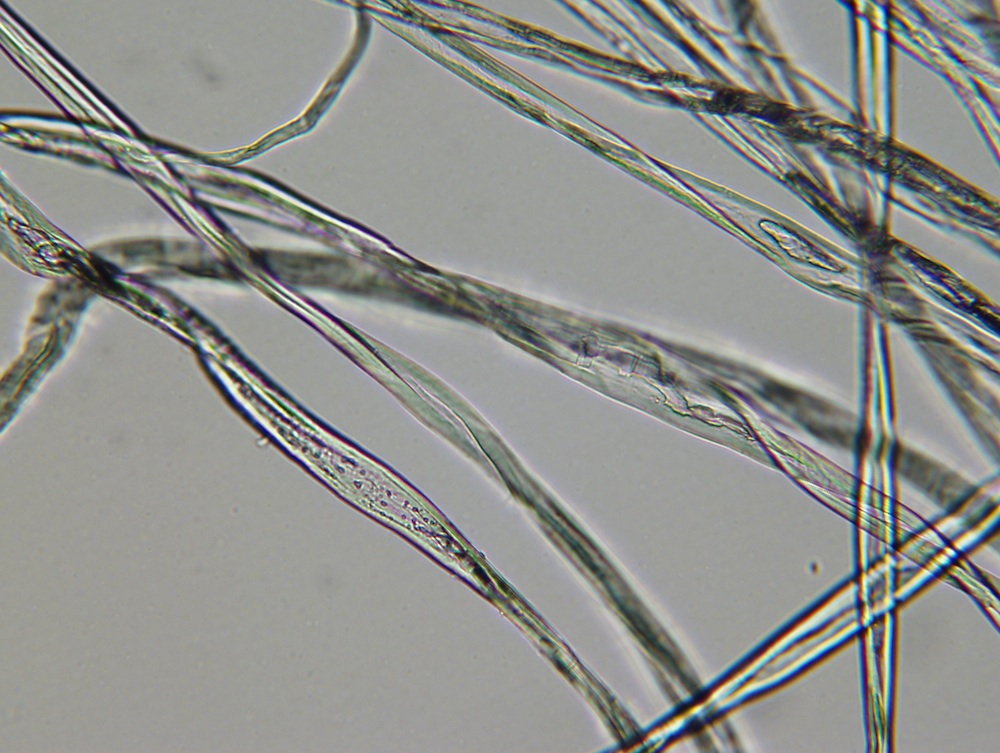 ..
.. ..
.. If these go through the intestinal wall, you could get peritonitis. This infection can be fatal. You’ll need treatment right away.
If these go through the intestinal wall, you could get peritonitis. This infection can be fatal. You’ll need treatment right away.